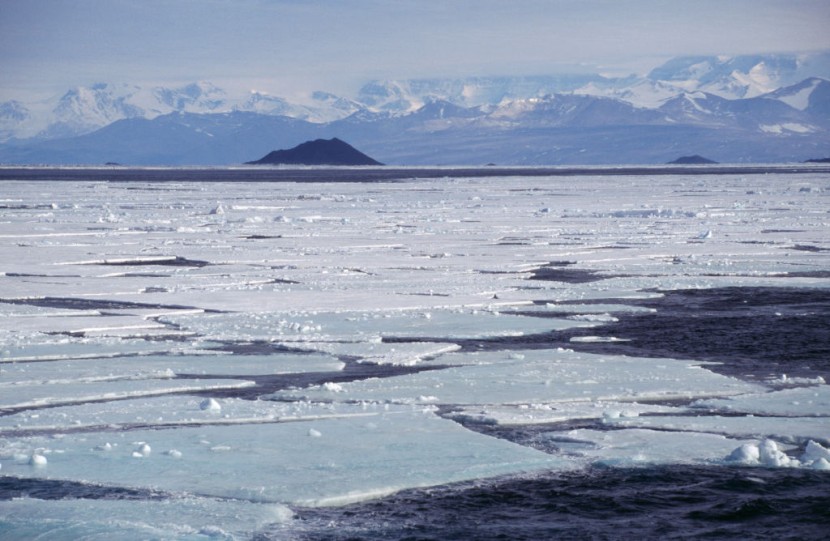Scientists discovered a hidden ancient river "frozen in time" beneath the East Antarctic ice sheet that has been preserved for millions of years.
The paper detailing the discovery was published on Tuesday in Nature Communications and notes that a massive ice retreat on the continent could soon hit the ancient landscape. This is because of scientists' projected rates of climate warming in the region.
Hidden Frozen Landscape

Ice in Antarctica has been present for roughly 34 million years but the continent was comparatively warm before that point. It had a climate that was similar to modern-day southern America, such as the Patagonia region in Argentina and Chile.
The author of the recent study, Stewart Jamieson, said that there is evidence that at one point, there was tropical vegetation in the region, including palm trees. Jamieson researches ice sheet behavior, long-term, and landscape evolution at Durham University in the United Kingdom.
Recently, scientists discovered a large river-carved landscape in Antarctica that existed during that time that was located in the Aurora-Schmidt basins inland of the Denman and Totten glaciers. They believe that the river would have drained out from the middle of the continent toward the coast roughly 34 million to 60 million years ago, as per ABC News.
Jamieson said that this was a time when other modern-day continents, such as Australia and India, would have been moving away from Antarctica and the Gondwana supercontinent. The recently discovered landscape is estimated to have been buried beneath the ice shelf for between 14 million to 34 million years.
Scientists were able to discover the landscape that has been frozen in time using satellites and ice-penetrating radar. Researchers had plenty of knowledge regarding the topography underneath the ice sheet prior to the development of this technique. It was because of using flying planes that were equipped with radar to see the shape of the hidden landscape underneath.
However, these aircraft are not capable of flying anywhere, which means that there are large gaps in between where the planes have flown and have taken measurements. The frozen landscape consists of three river-carved upland blocks that were separated by deep troughs located about 217 miles from the ice sheet edge.
Frozen in Time
The area was found to stretch across 12,000 square miles and is believed to have been once home to trees, forests, and potentially animals. Jamieson said that the most exciting part about this discovery was that the landscape was hiding in plain sight. He emphasized that the researchers did not use new data, only a new approach, according to The Guardian.
Some of the researchers involved in the latest study had previously discovered a city-sized lake underneath the Antarctic ice. The team believes that there are many other ancient landscapes that are hidden below the surface that have yet to be discovered.
The researchers also warned about the potential effects of global warming on the newly discovered frozen landscape. They noted that the world is now on course to develop atmospheric conditions that are similar to those that prevailed between 14 million to 34 million years ago, said CBS News.
© 2025 HNGN, All rights reserved. Do not reproduce without permission.








